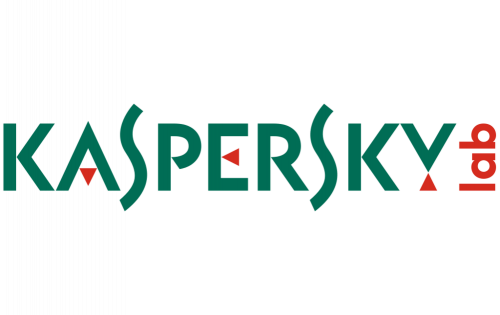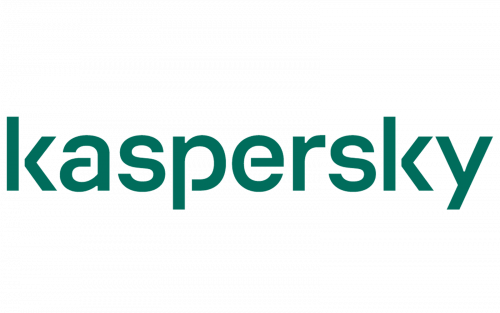Kaspersky is one of the most popular antivirus developers, which was established in 1997. Today the company operates all over the globe and has more than 400 million users of its software.
Meaning and history
Kaspersky, a global cybersecurity and anti-virus provider, was founded by Eugene Kaspersky in 1997. Its inception marked the beginning of a journey towards becoming one of the most recognized names in computer security. Originating in Russia, Kaspersky Lab, as it was initially known, evolved rapidly, adapting to the ever-changing landscape of cyber threats. The company gained prominence for its depth of research in cybersecurity and its ability to counteract various forms of malware and cyberattacks. One of its significant breakthroughs was the detection and analysis of the Stuxnet worm, a sophisticated cyber weapon, in 2010. This event not only highlighted Kaspersky’s technical prowess but also underscored the emerging complexities of cybersecurity in the global arena.
Over the years, Kaspersky has expanded its offerings, venturing into enterprise and consumer markets with products like Kaspersky Internet Security and Kaspersky Total Security. The company’s expertise in threat intelligence and cybersecurity solutions has won it numerous awards and recognition, cementing its position as a leader in the field. However, Kaspersky has also faced challenges, particularly concerns over its alleged ties to the Russian government, leading to debates and scrutiny, especially from Western countries. Despite these challenges, Kaspersky continues to operate globally, with a significant presence in Europe, Asia, and the Americas. Its current position in the cybersecurity industry is a blend of technical innovation, global influence, and a constant endeavor to navigate the complex geopolitics of cyber warfare and digital security.
What is Kaspersky?
Kaspersky is a multinational cybersecurity firm, specializing in antivirus, internet security, endpoint security, and other cyber threat prevention technologies. Its services cater to both individual consumers and businesses, aiming to protect against various digital threats.
1997 – 2000

Their oldest logo represented the capital letter ‘K’ constructed using a red arrowhead figure with a black arrow protruding from its right bar.
2000 – 2010

The 2000 logo is the wordmark ‘Kaspersky Lab’ written in two parts. One is the first word arranged with dark green lines and red dots. It’s very geometric, and some letters are very conceptual images because of it. The other is the word ‘Lab’ written in red lowercase letters vertically along the first word’s right end.
2010 – 2019

The biggest change of the 2010 is the green word itself. The letters here are still very linear, but they are now more letters than collections of lines, at least. Some lines were rounded, others were connected to make these look like proper characters. The dots were also replaced by triangles of the same color.
2019 – Today

The Kaspersky visual identity has always been text-based. The most famous company’s logo was designed in 1997 and stayed with the brand for more than 20 years.
The company decided it needs a redesign in 2019, but kept the two main principles of the previous version — lettering and color palette.
The original Kaspersky wordmark was written in all capitals of the sans-serif typeface, with letters “S” vertically stretched and three red triangles, replacing bars of “A”, “E” and “Y”.
The current logo is simpler and more minimalist. The new Kaspersky wordmark in all the lowercase lettering is executed in a modern sans-serif font, where all the letters, except for two “S”, “R” and “Y”, are opened. It adds more air to the compositions, making the logo look fresher and more crispy.
The signature Kaspersky sea-blue color is a reflection of protection and security. It shows the professional brand, which values the quality of its product and doesn’t its best in terms of research and innovations, for its customers’ computer to be protected.








